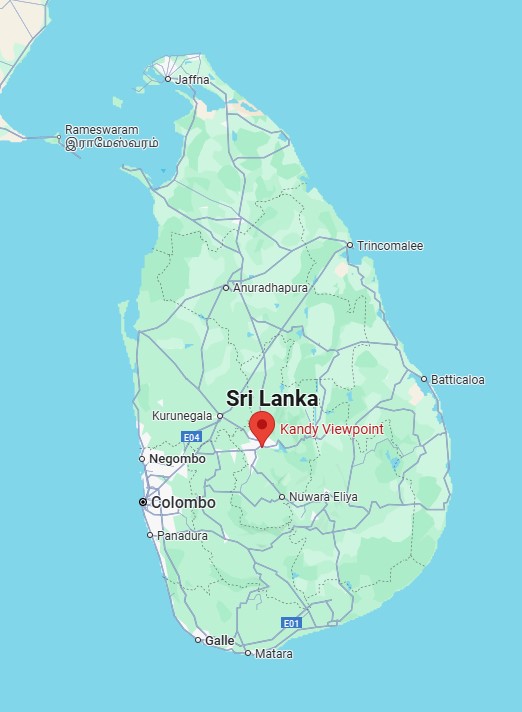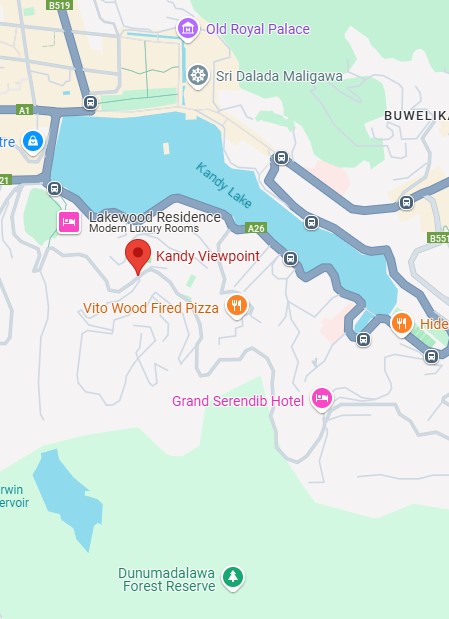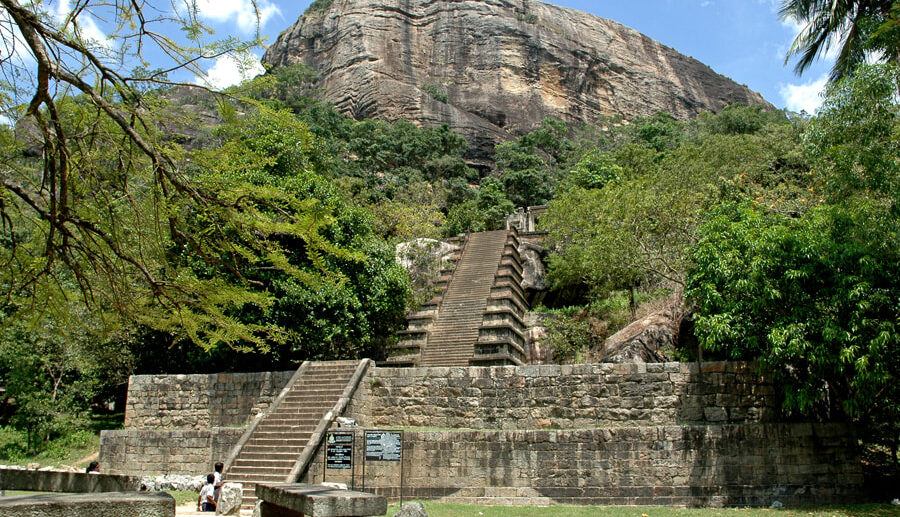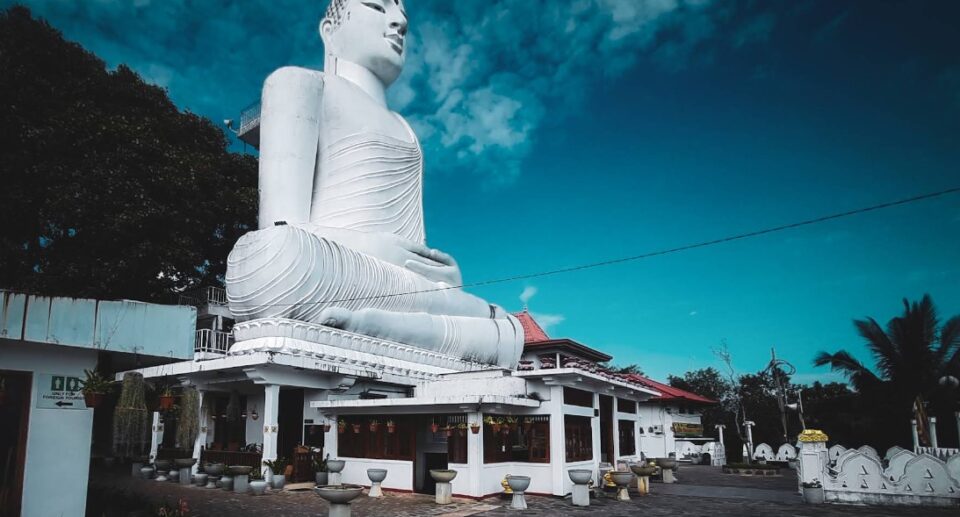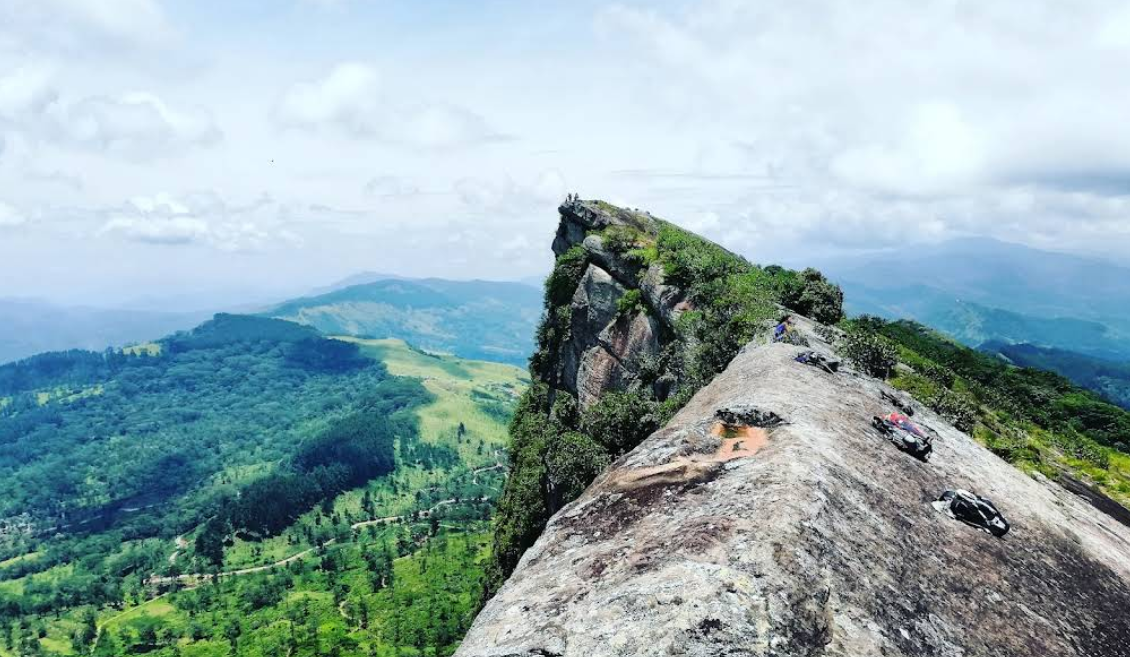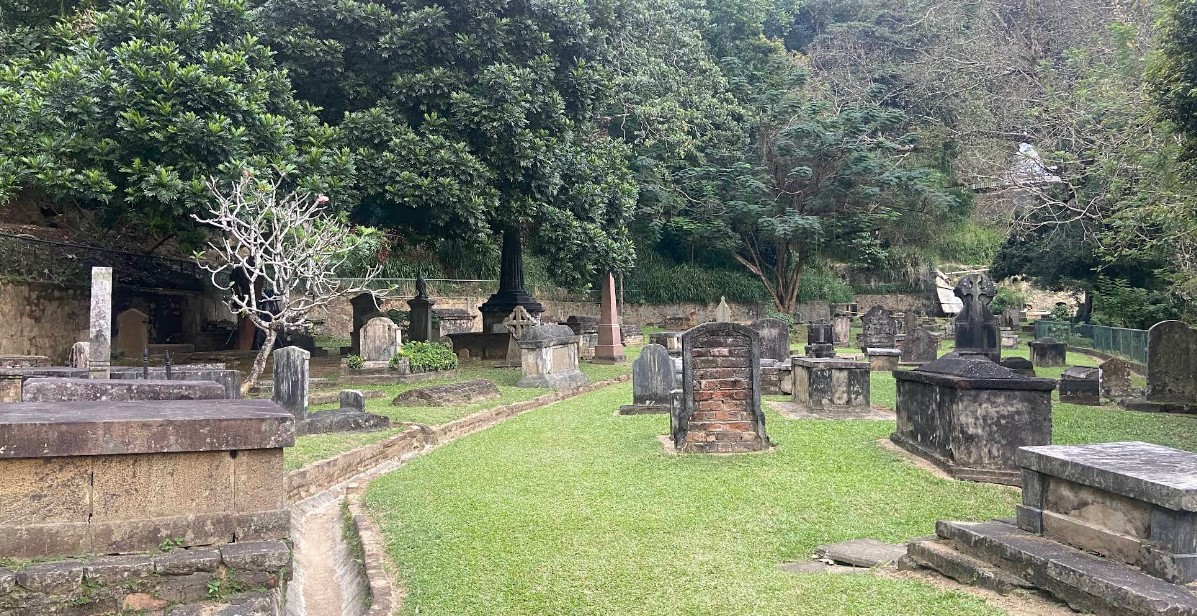Viewpoint: Kandy
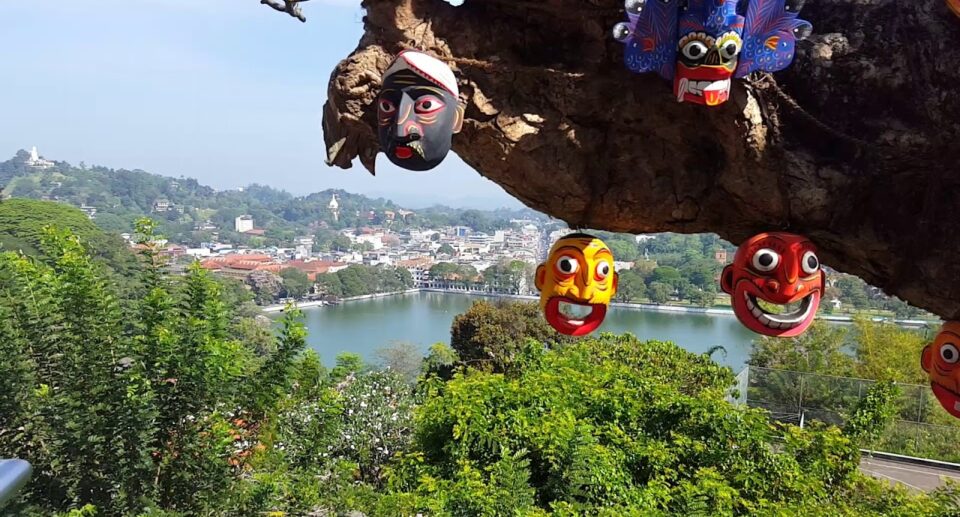
Located at the heart of Sri Lanka’s Central Province, Kandy is an embodiment of national pride, cultural heritage, and natural splendor. It was the last bastion of the Sinhalese kings against colonial rule before it was developed into a thriving cultural hub and a UNESCO World Heritage Site. The term “viewpoint” has two diverse yet interconnected meanings: the actual scenic lookout points offering breathtaking city vistas and scenery, and the metaphoric viewpoint which reveals Kandy’s relevance by way of history, culture, religion, and people. Viewing Kandy from both these viewpoints opens up a city not simply visual in attractiveness but significant and meaningful.
A City of Historical Significance
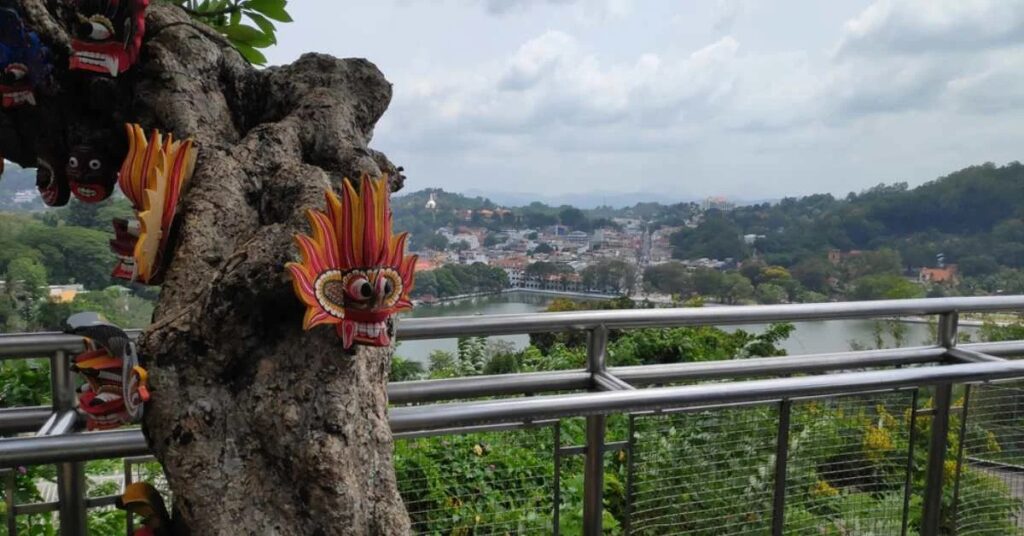
Kandy is the most historically significant city in Sri Lanka. It was the last capital of the ancient era of kings of Sri Lanka before the island was colonized by the British in 1815. This city has witnessed fierce resistance against European powers, notably the Portuguese and the Dutch, before it eventually fell to the British. While it did fall, Kandy maintained a great deal of its ancient culture and remains a stronghold of Sinhala heritage and Buddhist religion.
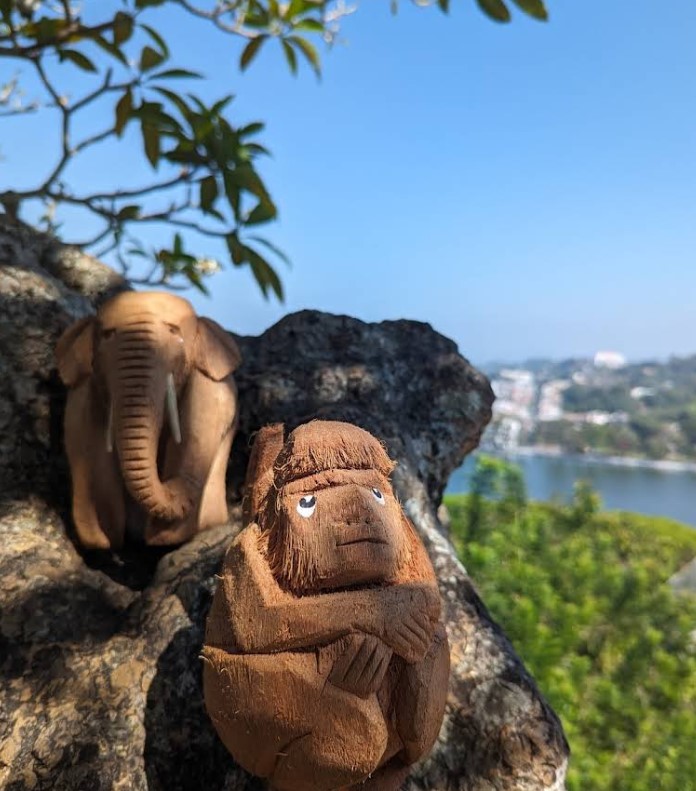
The Temple of the Sacred Tooth Relic (Sri Dalada Maligawa) is perhaps Kandy’s most important landmark. It houses a tooth relic of the Lord Buddha and is thus one of Buddhism’s holiest sites. Pilgrims from throughout Sri Lanka and the globe visit the temple every day, especially around the time of the Esala Perahera, a grand annual procession with traditional dancers, drummers, and elaborately decorated elephants. The festival is religious in purpose but also a show of the cultural abundance and historical pride of Kandy.
Cultural Richness
Kandy is popularly referred to as the cultural capital of Sri Lanka. It has been successful in maintaining traditional Sinhala arts, customs, and architecture in spite of modernization. A stroll down Kandy will leave one amazed at the sight of colonial buildings living in harmony alongside Kandyan architecture, giving the city a distinct East-West blend.
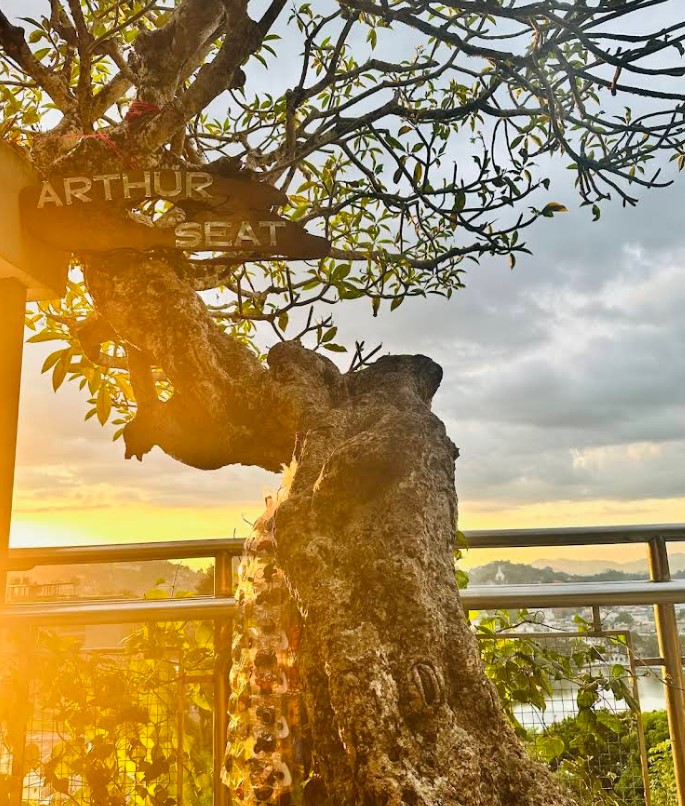
Kandyan dance and music, typically observed at cultural centers and on festival occasions, are evidence of the city’s heritage. The vibrant costumes, the rhythm of drums, and energetic performances tell a story that has been delivered to the successive generations. Additionally, the art in Kandy—wood carvings and brassware to batik and ethnic jewelry—gives away a nation that is concerned about their legacy.
Kandy also boasts a few respectable learning institutions, among which is the University of Peradeniya, one of Sri Lanka’s oldest and finest. This institution, set amidst a backdrop of botanical gardens and the Mahaweli River, injects intellectual intensity into the cultural fabric of the city.
Spiritual Significance
Other than its beauty through its ancient monuments, Kandy is a highly spiritual city. It exudes a serene and reflective ambiance that encourages contemplation and consciousness. The predominance of many temples, shrines, and religious activities contributes to the ambiance where religion takes center stage in daily life.
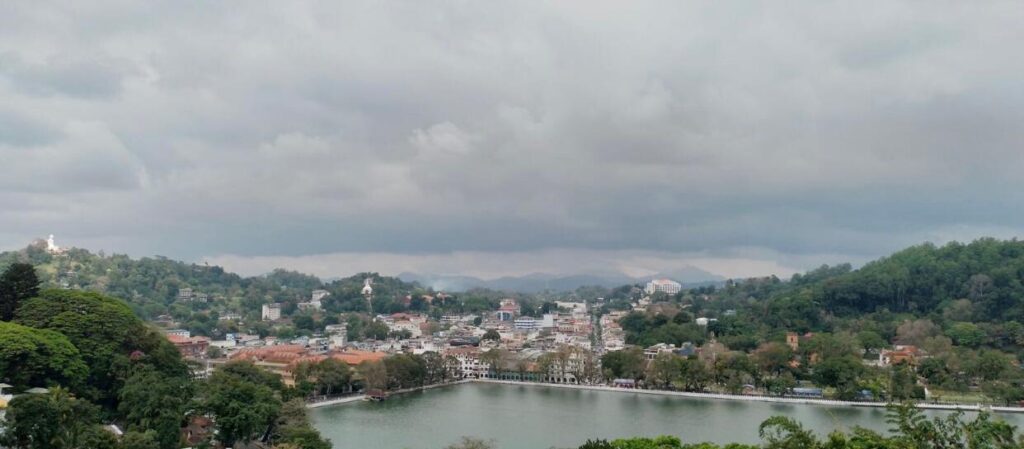
Temple of the Sacred Tooth Relic is not only a tourist site but a living spiritual center. Daily prayer and worship are conducted with a lot of fervor, and the relic itself is believed to protect the country from evil. For Buddhists, visiting Kandy is like a pilgrimage, an opportunity to worship one of the most revered objects in their faith.
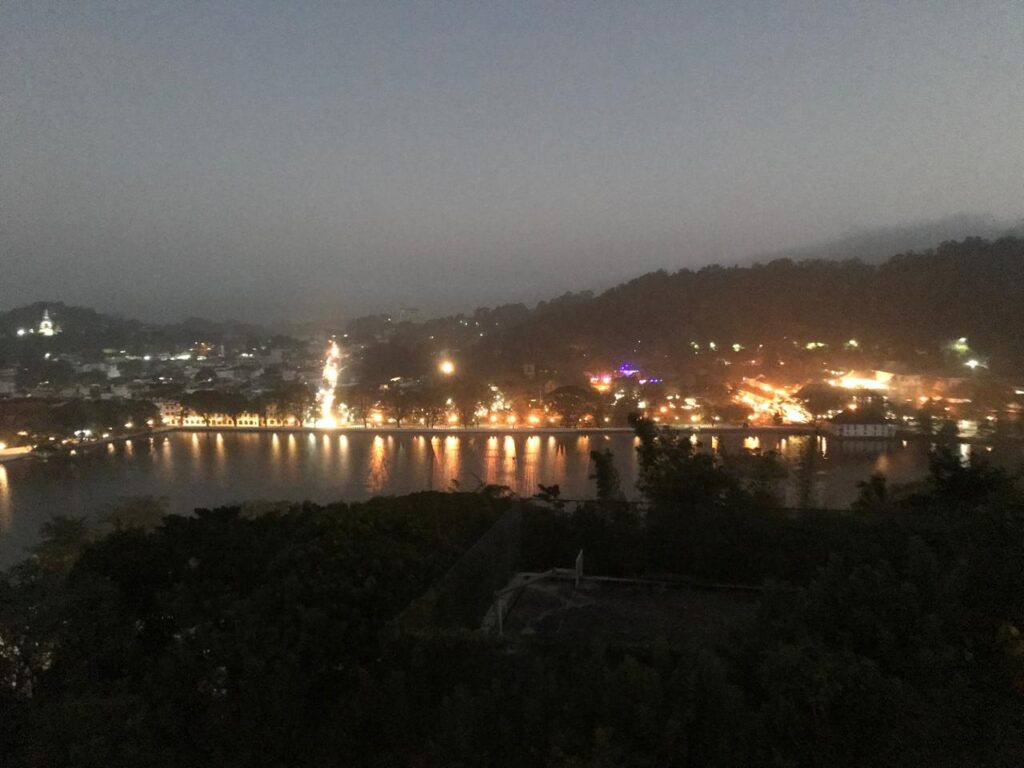
Natural Beauty and Scenic Viewpoints
Kandy’s natural environment is perhaps one of its most immediate and dramatic characteristics. Surrounded by hills hidden in mist and tea plantations, the city offers various viewpoints that capture its natural splendor. The most famous view perhaps is from Bahirawakanda, a giant white Buddha which overlooks the city. Here, from a height of fifty feet, one has a view of the entire cityscape—Kandy Lake glimmering in the sunlight, temple tops glistening gold, and rolling green hills stretching off into the distance.
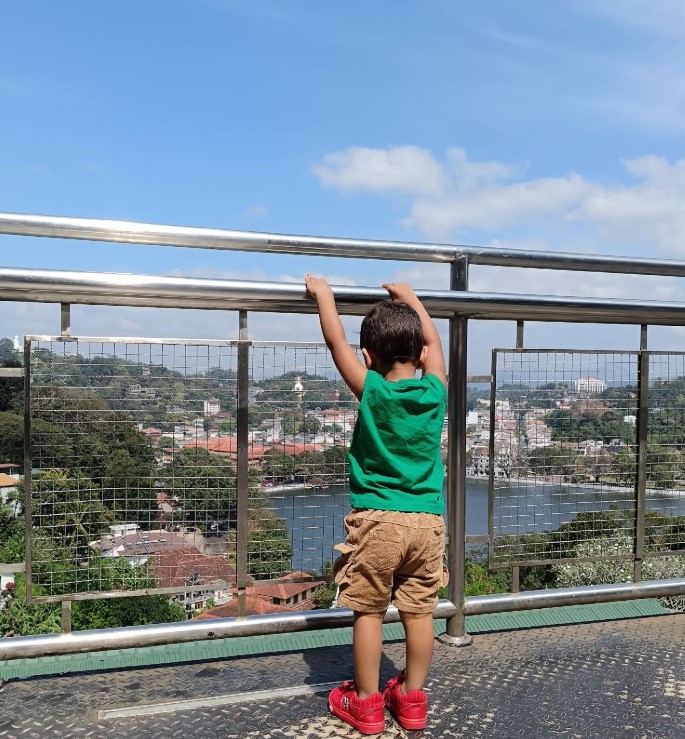
Another fan favorite is the Udawattakele Forest Reserve, located just behind the Temple of the Tooth. A once-royal forest sanctuary, it offers peaceful walking paths and secluded escapes into the wild, offering a sense of tranquility and a feeling of affiliation with the natural history of the city.
The Peradeniya Royal Botanical Gardens, which lie just outside Kandy, are yet another evidence of the region’s biodiversity. Spanning over 140 acres, these gardens have space to hold thousands of plant species and attract scientists, students, as well as tourists. Sri Lanka’s longest river, the Mahaweli River, adds beauty and ecologic significance to the region.
The Modern Viewpoint
Nowadays, Kandy reconciles its traditional origins with the needs of contemporary life. Being a fast-developing city, it is experiencing rising urbanization and growth. Roads are being expanded, buildings are emerging, and commerce is flourishing. But with this growth, a debate regarding sustainability and preservation has taken place.
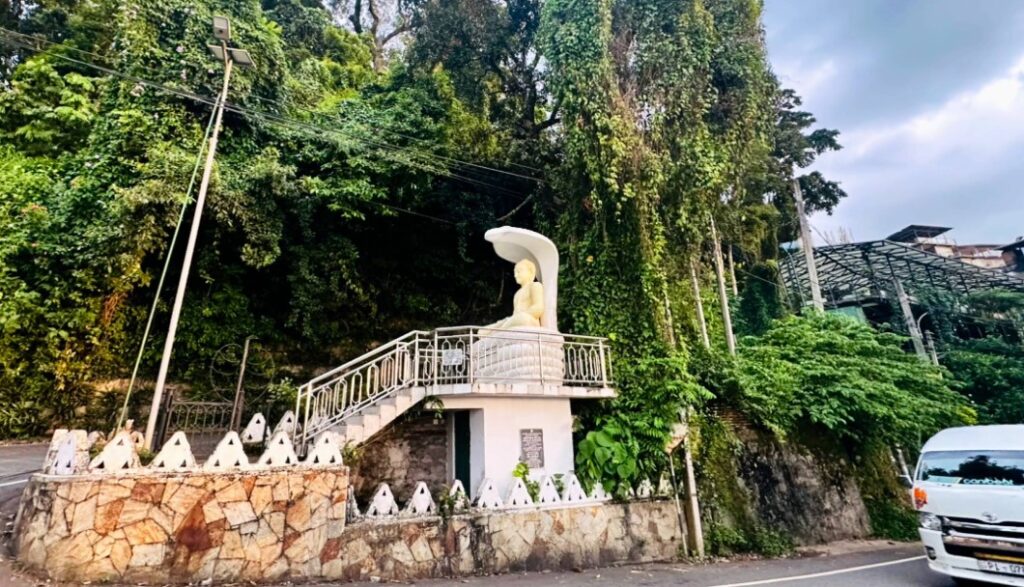
From a modern viewpoint, Kandy represents the paradox of most heritage cities: how to preserve cultural and natural heritage in the face of progress. Growth should not be gained at the loss of what makes Kandy unique—its sacred sites, its forest reserves, its customary arts and crafts, and its community values.
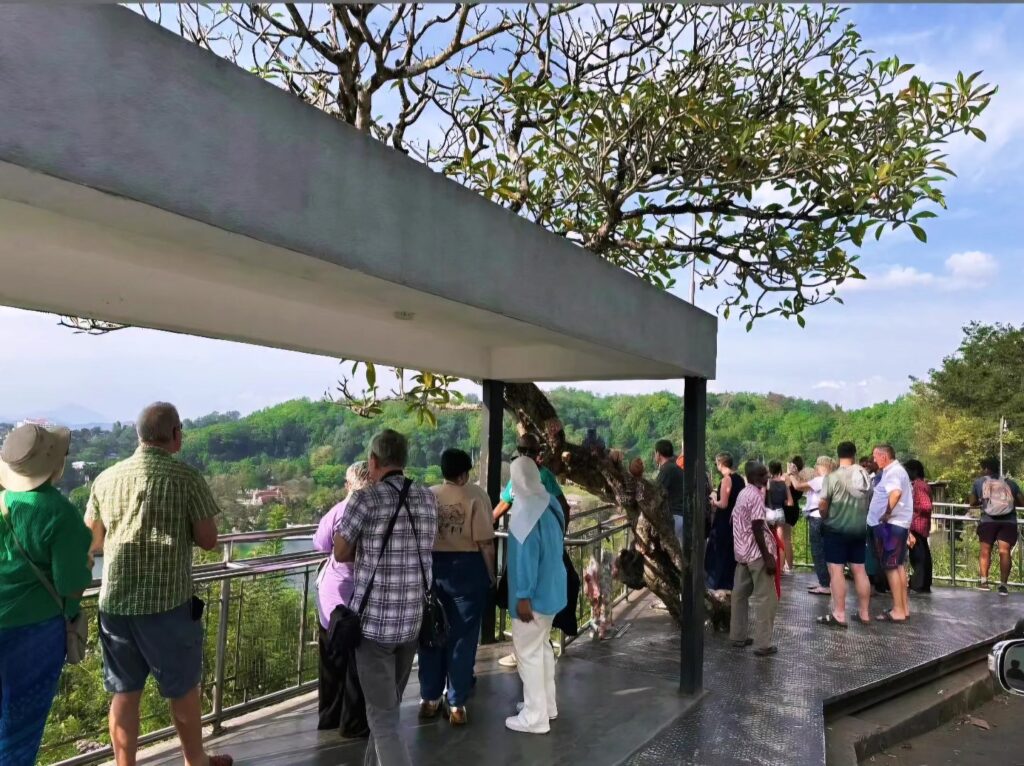
Fortunately, many governmental and non-governmental projects have been undertaken to protect Kandy’s heritage. Preservation projects for heritage structures.
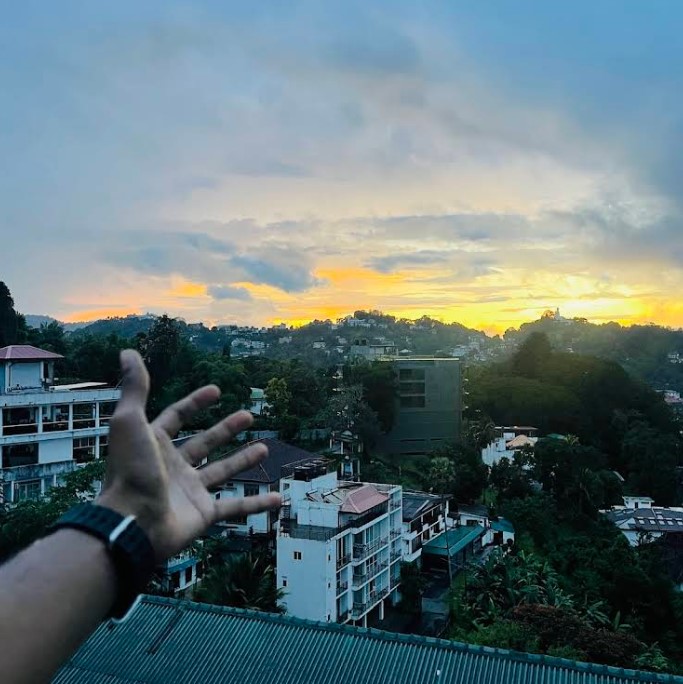
eco-tourism conservation, and spreading awareness among the youth towards conserving culture are growing in power.
To look upon Kandy is to glimpse the soul of Sri Lanka—its accomplishments and setbacks, its religiosity and culture, its people and aspirations. Towering either at some real vantage over the lake and the hills or contemplating the city’s place in the nation’s mind, Kandy stands in a vision that is both enlightening and modest.
Its significance goes beyond geography or chronology. Kandy is a symbol for strength, beauty, and harmony. Growing with the years, it grows on the strength of the past and in the promise of the future. To know Sri Lanka at all, one has to look through the eyes of Kandy—a view that speaks of an ageless interdependence of land and people and spirit.
